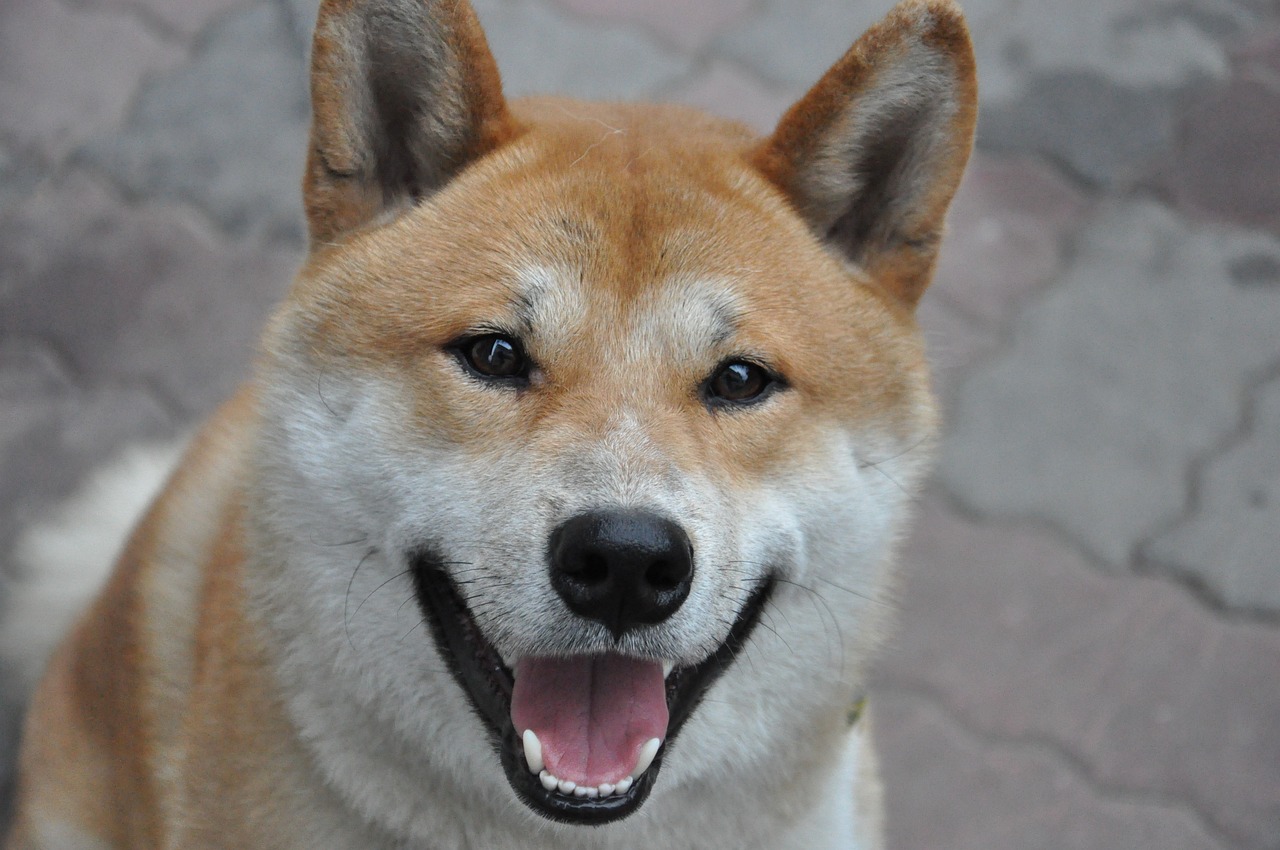Seeing a dog smiling can melt the coldest of hearts, evoking a sense of joy and companionship that few other animal behaviours can. This expression, often seen as the canine version of a grin, involves pulled-back lips and, in some cases, a lolling tongue, which, to human observers, appears remarkably similar to a human smile. But what does it signify in the canine world? Contrary to popular belief, a dog’s smile doesn’t necessarily equate to happiness or contentment like it does for humans. The reasons behind this behaviour are multifaceted, rooted in evolutionary biology, canine communication methods, and even responses to human interaction. Understanding the nuances behind a dog’s smile requires delving into the realms of animal behaviour, psychology, and how dogs have adapted to live alongside humans. This exploration enriches our understanding of our furry companions and enhances how we interact and care for them, fostering a deeper bond between species.
The Evolutionary Perspective
The evolutionary roots of a dog’s smile trace back to behaviours observed in wolves, their closest ancestors. In the wild, wolves display facial expressions that resemble smiling as part of their social communication toolkit. These expressions can signal submission, intent to play, or even stress rather than sheer happiness. As dogs evolved from wolves and domesticated, these expressions became more pronounced and varied, likely due to selective breeding and dogs’ adaptation to human social cues. The evolutionary perspective suggests that a dog’s smile is a complex behaviour shaped by both genetic predisposition and environmental influences, serving multiple social functions within the pack dynamic. This evolutionary lens helps explain why dogs might smile in various contexts, not solely as a sign of joy but as a nuanced form of communication with humans and other dogs.
Canine Communication
A dog’s smile is a critical component of their non-verbal communication repertoire, utilized to convey a wide range of emotions and intentions. Understanding this aspect requires recognizing that dogs, like humans, use body language to express themselves. A relaxed, open-mouthed grin might indicate contentment or a desire to play, serving as an invitation to engage in social interaction. Conversely, a tense smile with a stiff body might signal anxiety or discomfort, a reminder that not all smiles are created equal. This differentiation highlights the importance of context and body language in accurately interpreting a dog’s smile. Canine communication is an intricate dance of visual cues, and a smile is just one of many gestures that dogs use to interact with their human and animal environment.
Response to Human Interaction
Dogs have developed an extraordinary ability to read and respond to human emotions and cues, a trait honed over thousands of years of domestication. A dog’s smile is often a direct response to human interaction, reflecting their capacity to pick up on our emotional states and communicate in a way that they have learned garners positive attention. This mirroring behaviour is a testament to the deep bond between dogs and humans, demonstratingtheir keen social intelligence and desire to connect with their human companions. It’s also worth noting that dogs are likely to smile more in the presence of humans than they are around other dogs, a behaviour that underscores their unique relationship with us. This adaptability to human social norms, including smiling, signifies the profound impact of domestication and cohabitation on canine behaviour.
Stress and the “Submissive Grin”
While many instances of a dog smiling are positive, it’s crucial to recognize that not all smiles are signs of happiness. The “submissive grin” is a specific type of smile that dogs display, often characterized by a nervous or appeasing expression, sometimes accompanied by averting gaze, lowering the head, or even showing teeth in a non-aggressive manner. This behavior is typically a response to feeling intimidated or wanting to appease a perceived threat, including humans. Misinterpreting this grin as a sign of joy can lead to miscommunication between dogs and their owners. Understanding the nuances of this behavior is essential for recognizing a dog’s emotional state and responding appropriately, ensuring the well-being and emotional health of the animal.
The Health and Happiness Connection
Lastly, it’s important to consider the health and happiness connection in relation to a dog smiling. While a smile can be a sign of a happy and healthy dog, ensuring regular exercise, mental stimulation, and social interaction is vital for maintaining overall well-being. Dogs that are physically fit, mentally engaged, and socially connected are more likely to display behaviors indicative of happiness, including smiling. Conversely, a lack of stimulation or poor health can lead to decreased incidences of positive behaviors. Thus, a dog’s smile can sometimes serve as a barometer for their overall health and happiness, reminding owners of the importance of holistic care in fostering a positive, joyful life for their canine companions.
A dog smiling is a multifaceted behaviour steeped in evolutionary history, social communication, and human interaction. It’s a powerful reminder of the complex inner lives of our canine companions and the depth of our interspecies bond. While it’s tempting to interpret a dog’s smile through a purely human lens, appreciating the full range of meanings behind this behaviour enriches our understanding and relationship with dogs. Recognizing that a smile can signify anything from happiness to anxiety or submission encourages us to pay closer attention to our furry friends’ context and body language. Ultimately, understanding the nuances behind a dog’s smile deepens our connection with them and enhances our ability to care for and interact with them in a more meaningful and respectful way.


 Toledo, United States.
Toledo, United States.